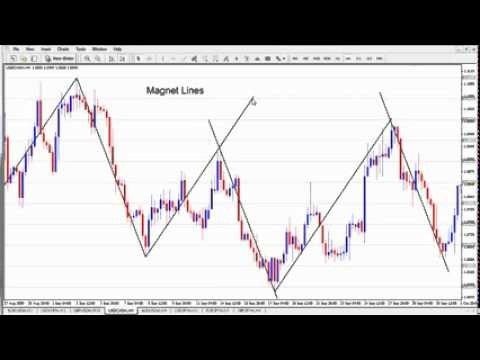October volatility merger arbitrage misses Novus
Post on: 16 Март, 2015 No Comment

Deal risk, defined as the excess return over the time value of money in a proposed corporate deal, exists in virtually every announced merger/acquisition involving two public companies between the period of announcement and closure, and is typically expressed in percentage or probability terms. “There’s a 90% chance the deal goes through” might be how a portfolio manager at a firm specializing in risk-arbitrage would summarize the proposed deal to his colleagues and if that is market consensus, the stocks of the two companies involved in the pending merger will quickly reflect that probability.
Here’s the thing though: the assigned probability is never right. Oh sure, over the course of dozens of announced deals, the fail rate may very closely reflect the average probability of all announced deals, but it should be obvious that since completion or abandonment is a binary event, the assigned probability of any single deal is always wrong. Because the vast majority of deals are consummated, when a single deal falls apart, it causes a lot of pain. Some consider risk arbitrage akin to picking up nickels in front of a steam roller; it’s usually profitable but when it’s not, it reclaims a whole lot of those nickels.
There’s another factor that can make a failure even more painful: size of the deal. While the crowdsourcing probabilities of all collective deals may be accurate, all deals cannot be invested in equally. In other words, the deal risk in each of ten deals may be expressed in terms of a 10% premium, but if the one out of the ten that fails is the biggest deal, it’s going to more than erase the profits the risk arbitrage community may have collectively earned on the other nine completed deals.
Which brings us to the collapse last month of AbbVie Inc.’s (NYSE: ABBV) $54 billion agreement to buy Shire PLC (NASDAQ: SHPG). Not only was the deal the third biggest of the year at announcement, but it also involved the biggest takeover premium with AbbVie’s initial bid on May 3 – a whopping 53% above where Shire’s stock closed the day before. Reflecting investors’ confidence the deal would close, Shire’s US-listed ADR had risen 40% between May 3 and October 14.
To demonstrate the point, we modeled the aggregate ownership of Shire found in our Hedge Fund Universe (“HFU”) of over 1000 actively managed funds. We also hedged the position beginning on June 19 th (when the deal was announced, providing an entry point from arbitrageurs) with an effective rate of .896 shares of AbbVie to each share of Shire.
Starting with the 03/31 13-F filings, our HFU caught only 383,000 shares of collective ownership in Shire. Following the merger announcement on 06/19, the filed quantity on 06/30 leaps to over 7.5mm shares. More interestingly (and perhaps more tragically), the quantity filed on 09/30/14 nearly quadruples to 28.2mm shares.
On October 15, AbbVie, citing pending changes to US tax law, withdrew its bid and those that bet on the deal closing by buying Shire stock got clubbed – even if they had practiced true arbitrage behavior and shorted an appropriate amount of AbbVie stock (.896 shares for every share of Shire owned.) Shire dropped 30% on October 15 th with AbbVie rising a paltry 0.92% to offset the decline for arbitragers. In all, Shire’s market cap dropped nearly $14b more than AbbVie’s rose – an unmitigated bloodbath for Shire’s holders, both hedged and unhedged, including a large amount of hedge funds.
Modeling under the conditions above, we estimate the net exposure to the Shire trade at $5.53bn on 10/14 before plummeting to $3.43bn the following day, netting an unrealized loss of $1.82bn for the month of October across the HFU we track.
It’s just one deal of course, but as the biggest of the year to fail and coming during a month when hedge funds were buffeted by the market’s volatility, its timing couldn’t have been worse. For October at least, hedge funds must have really felt as if the old market adage was directed at them; the market really did seem to inflict the greatest amount of harm to the largest number of people.














